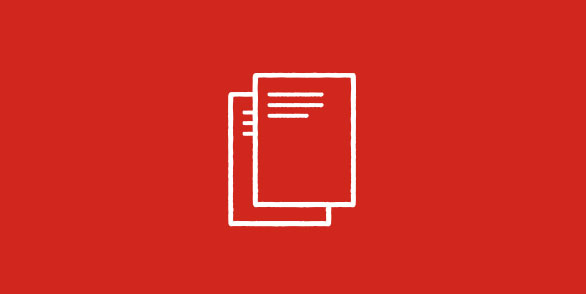In a competitive talent market, it's critically important to continuously evaluate and refine hiring processes. A technique championed by the direct-response marketing community, A/B testing, is now making its way into talent acquisition as a way to improve hiring process strategies.
A/B testing, also known as split testing, uses data collected during and after the test to measure what yields the best results. To improve hiring, you can use A/B tests to review recruiting techniques and better determine the activities that will attract the right talent to your company. As a start, here are five opportunities to use A/B testing to review and improve your hiring process.
1. Job Ads
If you've run a recruitment ad and know the historical response rate, it can function as the control in your A/B test. Changing the job ad title, description or the placement can function as your test. If possible, collect data on incoming applications to monitor the effectiveness of the test from the volume of responses and candidates that move on to interview and possibly hire status.
2. Job Fairs
Virtual or in-person Job fairs can draw many applicants, but are they the right candidates for your organization? Use A/B testing to compare job fair applicants to determine the effectiveness of the event. Typically, the job fair that draws the highest-quality applicants is the "winner" in the test. By collecting this data, you can put money and time into the future events that are most likely to be effective.
3. Interview Tests
Some job applications or interviews require a test. Split testing can provide the opportunity to test questions by comparing the test result and the applicant's suitability for the role. You may be able to focus on more suitable candidates by tweaking test questions and using data from the A/B test to determine which questions help you identify the right candidate.
4. Email Recruitment
Email is a great vehicle for conducting split tests. You can test subject lines, body copy, word count, word selection and more to determine opportunities for improvement. Tracking candidate responses and applicant volume can help identify which emails will be effective as part of your hiring process going forward.
5. Interview Questions
By developing a standard list of questions and collecting data on responses to the questions, you can then test new questions against the old ones to see which better identify strong candidates for the role. This can help you standardize questions that are a better predictor of the future success of your candidates and their fitness for the position.
Applying split testing or A/B testing methodology to improve the hiring process can help improve your overall recruiting and interviewing methods to attract, hire and retain top talent no matter what the candidate market is like at the time.
Learn More
Launch this podcast anytime: Creating a Diverse, Equitable and Inclusive Workplace: Exploring today’s best-in-class DEI strategies and practices. In this episode listen in as Cathy Gallagher-Louisy, Principal, CGL Consulting provides real-life examples of best-in-class diversity practices and the tools to leave you with the beginnings of your new diversity program.
To read more about our diversity and inclusion efforts, check out the ADP Corporate Social Responsibility report available from this page.
This article originally appeared on SPARK Powered by ADP.



